So, as previously advertised, it’s time to consider the Christies London Transport Sale. Mostly this boils down to just one thought which is that is was really very expensive, and if things carry on like this we won’t be buying very many posters in the future. A large chunk of what sold could be put up in support of this proposition, but the prime example has to be the Edward Wadsworth Imperial War Museum poster.
£37,250 of your pounds for that, which was the highest price in the sale. And an awful lot of money for a poster if you ask me.
Other winners include Charles Paine, with these two Boat Race posters going for £25,000 and £10,000 respectively.
Another popular choice was Andrew Power (aka Sybil Andrews), noted by Mr Crownfolio, who was watching the whole thing go by, as doing particularly well.
The top poster went for £25,000, the lower one for £13,000.
I’ve heard from a couple of sources that the London Transport Museum ‘are very pleased’. Well they would be, wouldn’t they.
I’m not sure if I’m pleased though, and this isn’t just because I might never be buying a poster again (and if I do, the odds are that it won’t be from Christies). I’m also bothered because I can’t make head nor tail of the results. There seems to be no pattern at all.
You see I look at this Misha Black/Kraber poster and go, ooh, prices for Modernism are up, given that it reached £5.250.
But then this pair goes for only £625 and blows my theory out of the water.
I’d like to say that Art Deco is going out of fashion, given that this Marty went for just £1,625, much lower than many posters.
But then others are holding their prices – thisDupas, for example fetched £5,625.
I could therefore conclude that people are silly, perhaps, as the Marty posters are much better, but that’s just my opinion and clearly not borne out by actual prices.
The same is even true in the case of individual designers – or pairs. This Eckersley Lombers was £3,500
But this one went for just £688.
They’re both teeny-tiny bus posters; admittedly the cheaper one does have mad staring eyes, but I’ve never seen it before, so it’s more interesting. Isn’t it?
There was the same variation in prices for McKnight Kauffer too, with this 1931 design fetching £12,500.
While his Buckingham Palace design of three years later went for just £688, and earlier works fetched even less.
What is it possible to conclude from all this confusion then? Mostly it looks like people who are considerably richer than me throwing money at posters and seeing what sticks, in a sale where mass hysteria had the upper hand over exhaustion. A few people have emailed me with examples of posters which sold for way over their ‘usual’ prices in the sale. One obvious one for me was this pair of Wadsworth designs for the South Kensington Museums, posters which are dear to my heart.
These have been up for auction recently, in good condition, and fetched well under £1,000. Go, as they say, figure.
Before the sale, I wondered on here whether the London Transport Museum was selling because they thought that the market for this era of posters was at its peak. I have no idea whether they believed it or not, but the sale would seem to suggest otherwise. What was also interesting was the number of foreign bids too. So I don’t think we can call the top of the market yet.
But a different question is whether these prices now set the standard, or whether this sale will be a one-off freak event in which people have paid over the odds because of provenance, over-excitement or whatever. Interestingly, we won’t have to wait too long to find out. The next Christies Poster Sale is, to my surprise, on 1 November. I’ll take a look at that next week. In the meantime, please put your thoughts on this sale in that nice box beneath. Thank you.
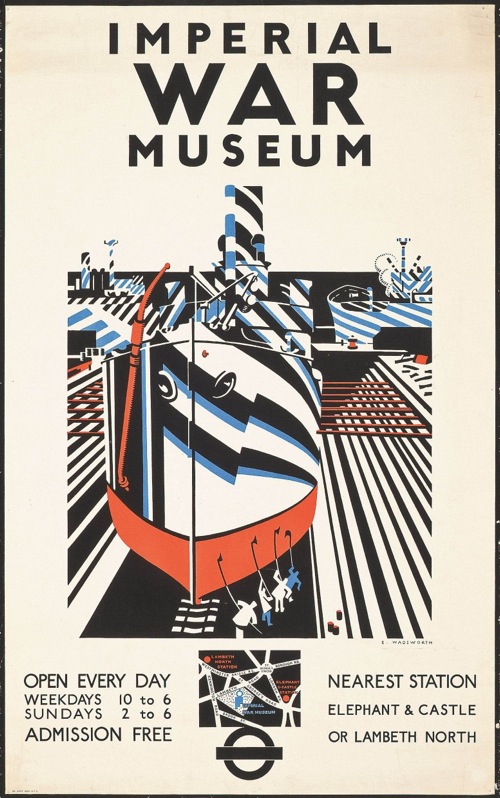
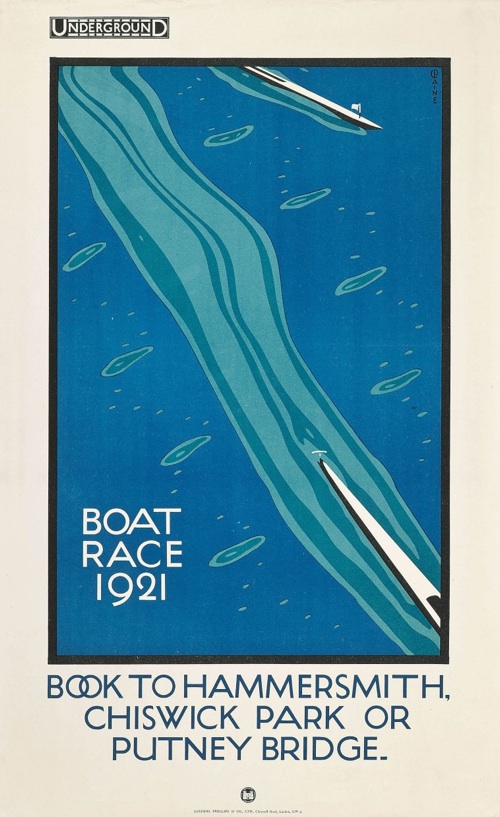
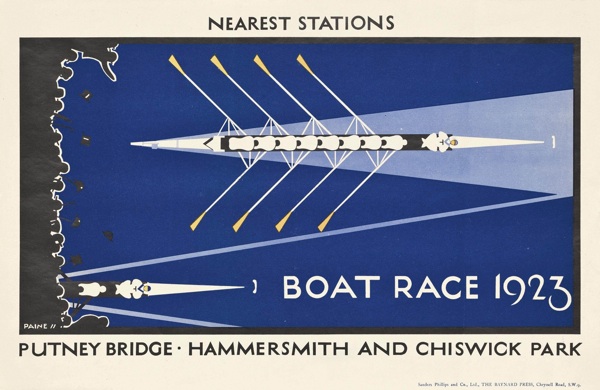
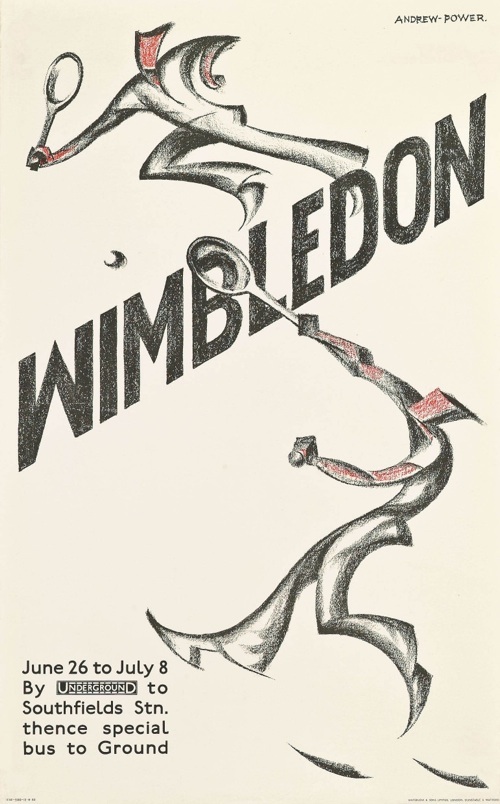
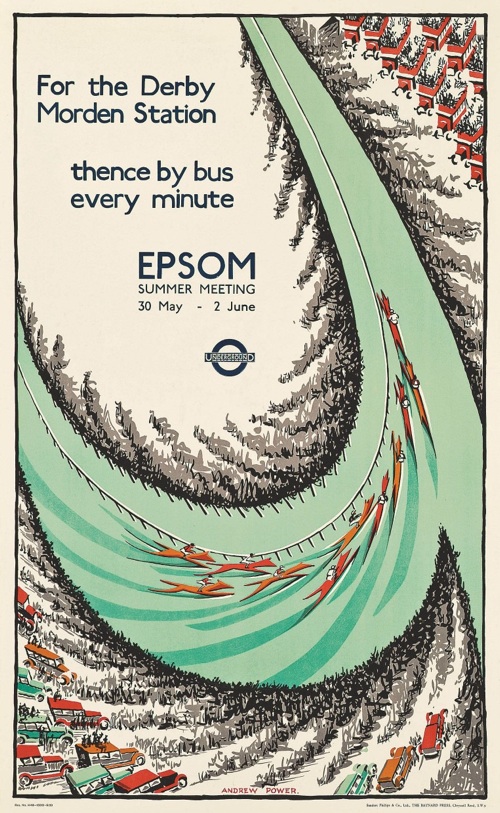
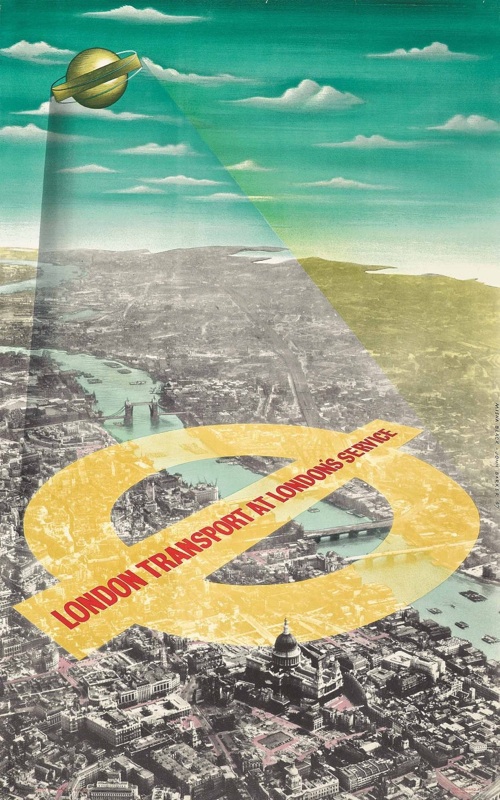
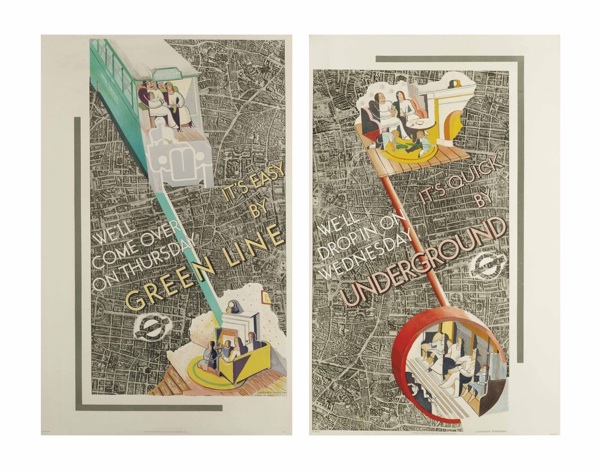
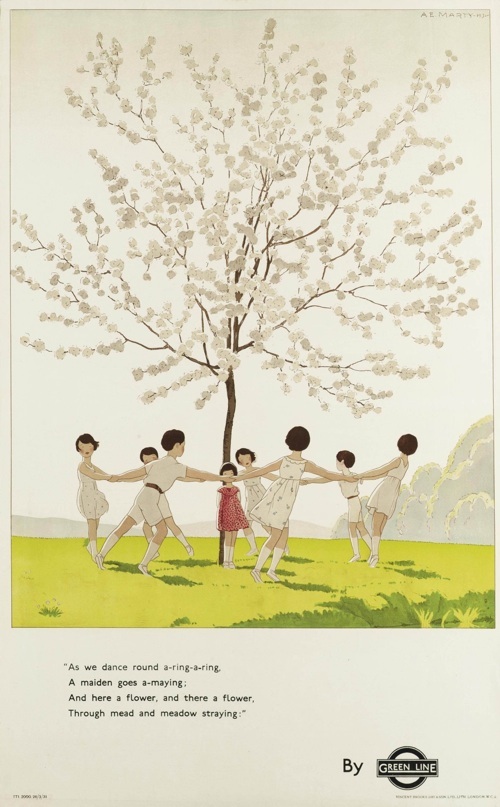
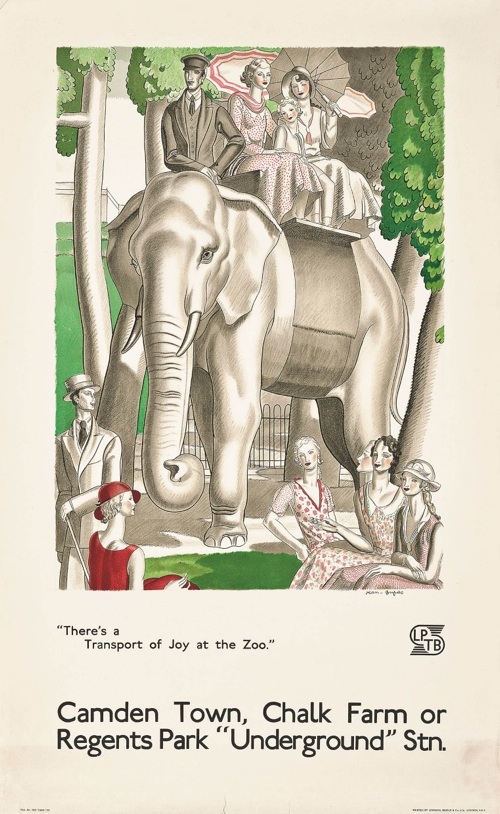
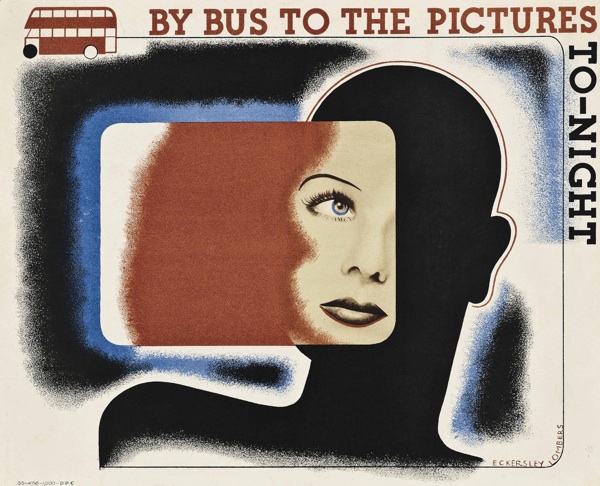
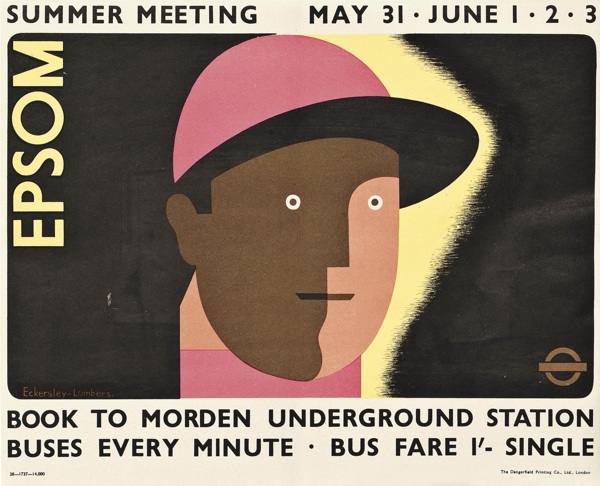
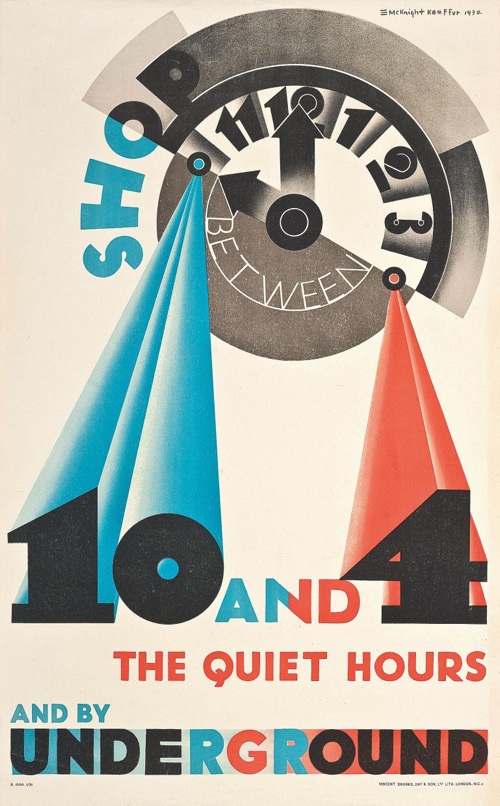
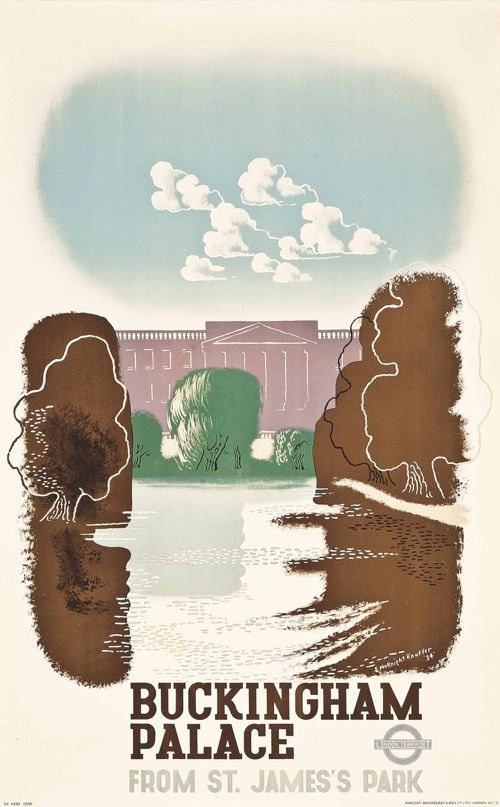
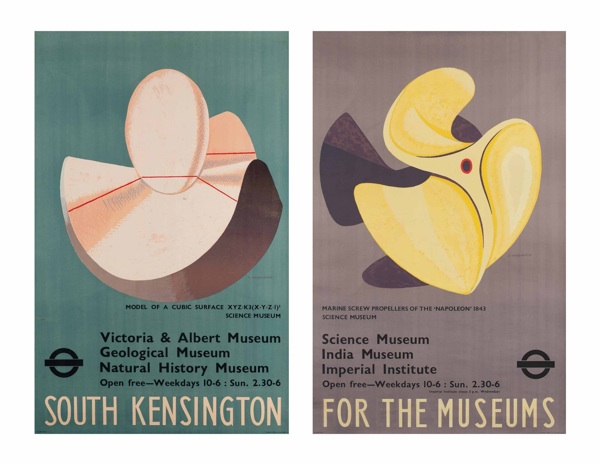
£37,000 – I guess this means the investors have moved in.
Sigh. I think you’re right. And the foreign money too…
A good example of how to run an auction I suspect…Months of lead up, focussed quality content and well marketed (I guess these Christies people may have held auctions before) for the top end of the market. For me this was the most interesting auction in over a year. With receipts topping the £1m mark, I don’t think this was a freak – my gut feeling is that money is generally being invested in quality condition, immediately aesthetically pleasing posters by named artists internationally. So the coordination of a bunch of such works in one sale all at once attracted all the bees to the honeypot. Will it be repeated again next month at Christies? Not sure the same conditions will apply…At least “interesting” is still accessible – which can’t be a bad thing.
Why shouldn’t posters make this kind of money…?”
CSK did great and deserve their commission. The LTM were brave to sell, and have raised a lot of cash for other projects.
Collectors are happy – whether they purchased anything or not!
Let’s hope other museums follow this example.
Very little of this money (for British posters) comes from abroad…what does the comment about foreign money mean?
Posters will of course make high prices at auction if people are willing to pay high prices – whether this is a cause for unbridled joy of course depends on your position. If one likes and collects post war British posters one might be a tad disappointed that what was once a relatively affordable pastime open to people of average incomes is rapidly becoming far less so. A danger once prices reach a certain level is that investors with little real interest in the posters merely buy them with the hope of making a profit. This further inflates the prices and makes them less affordable. The contemporary art market for example has become a vehicle for such speculation. An interesting aside with posters is that unlike most other artworks nobody really knows how many of them exist. So for example there may be another 10 Edward Wadsworth Imperial War Museum posters in the archive.
Agreed. I don’t have a problem with making money. However, this is a hobby to me rather than a commercial venture. Continued increases in values to the Christies level makes things potentially price prohibitive to a mere mortal like me. I didn’t bid in this sale, there were some items in that sale that I had my eye on but made sure my hands stayed firmly in my pocket once I saw the scale of bidding (the East Wing needs rebuilding). Are there are rooms in museums and warehouses bursting with packets of untouched posters?…My guess (or is it a fantasy!!?) is yes. When this sale came up my immediate thought was how many more London Transport Museum/Christies sales were being lined up and what is the real extent of the archive …the more posters the merrier in my view – more posters with this kind of provenance would surely mean more reasonable prices longer term
The CSK sale only had two or three post-WW2 examples. So, collectors of post-war material are probably OK for a bit longer.
I’m not sure enough posters survive to support the volumes and trades required for a speculative market. Most of the posters made were pasted up and are lost forever.
The contemporary scene has taken off because there just isn’t enough
old stuff left…
We’re a long way from Hirst’s 100 million sale.
I think this was very much an ‘event’ sale and like other event sales like Elizabeth Taylor etc they always seem to attain high prices. I suspect if the buyers of the above posters re-entered them in an ‘ordinary’ poster sale, they would lose half their money.
And it took 7 hours to sell 300 lots – the slowest sale I have ever been to!
Well if you are a dealer in old posters you probably would think the high prices achieved a good thing not to mention the increasing profile of British posters but for the rest of us lets hope this was something of a blip.
Yes to pretty much all of that. Although we do trade occasionally, I’m not a poster dealer (and indeed am really not cut out to be one ever) so emptysidings has summed up my feelings the most succinctly.
Martin – yes, I think that’s exactly it. Although I will raise you the Morphets I sale for slowness, which was like pulling teeth.
Re: the foreign money, I wasn’t actually watching the sale, but Mr C had it running while he worked, and remarked on how many telephone bids were coming from America and Abu Dhabi. Hence the comment.
The only thing I would substantially argue with is the idea that museum sales are necessarily a good idea. The LTM sales are relatively uncontroversial, given that the objects are duplicates and (I am assuming) were not donated to the museum. But generally I am not a big fan of de-accessioning, and even this sale makes the hairs on the back of my neck stand up slightly, because it does set a precedent.
Well, the Misha Black/Kraber poster was the cover for the catalogue. And really, a picture of Tower Bridge and St Pauls is always going to outsell the inside of a railway carriage. And the McKnight Kauffer Quiet Hours was the back of the invitation (or the matching one, I cannot recall), and is a far stronger (and better known) design than the rather weak Buckingham Palace. So it’s probably not surprising that they did better than your comparatives.
Andrew Power, by the way, I have always understood to be a collaboration by Cyril Power and Sybil Andrews – not a pseudonym of Sybil Andrews.
But yes, spectacular provenance, spectacular prices.
I think though if the LT museum had stacks of spare posters then they’d have sold some in considerably better condition than those offered.
Yes, I’d always thought that about Andrew Power, but that’s how the posters were described in the catalogue, so I assumed the LT Museum knew of which they spoke. Any clarification most welcome.
Thanks also for the elucidation. This is considerably closer to a theory than anything I’ve managed to come up with. I’d still like to be able to understand it a bit more though.
If nothing else, the CSK sale was a fantastic exhibition of some of the best LT posters! Most were displayed on walls and ~50 were even framed. Several posters attracted my attention that I have dismissed when seen as illustrations; the pair of Alan Rogers designs and the two Julius Klingers. These simple designs are surprisingly stunning seen full size.
Interest in Kauffers seems to be on the decline. Prices seemed quite modest and even the best only just held their own. To some extent this was pre-empted by some of his posters being grouped together in multiple lots.
I think the two Charles Paines you drew attention to are justifyably expensive. I’ve always admired those and the three penguins zoo one that wasn’t in the sale.
I was surprised by the lack of interest in the Herrick five senses set. One only went for the £500 reserve in the sale and another was ‘passed’ although it sold in aftersales.
Overall though I am a bit uneasy about museums selling off their assets although we don’t know just how many ‘spares’ they have/had.
The other reason I can’t really interpret these results is that I am slightly out of my comfort zone here, so it’s good to hear the thoughts of someone who does know.
I agree about museum selling; what people think of as disposable now, can be the treasure of the next generation, so I tend to feel that it’s a rather arrogant thing to do. After all, the history of post war graphic design is mostly a story of lots of things being thrown away, and then a frantic scramble to save the few remaining fragments.
While I agree that one-off/celebrity/provenance sales are not to be confused with regular annual sales I do get just the sense of a tidal shift in the art world generally (and collectors in particular) in its attitude to the finer posters; for a very long time they have been ‘cheap’ on a relative value basis to other collectible forms of art (even alowing for the obvious fact that works are non-unique and that their numbers are unknown). On balance I believe there is quite a lot of new money coming in, as observed en passant by Mr and Mrs C. and look forward to the coming sales season (including my favourity Ski Sale, naturally…). Yours aye, Russell
Let us know how you think that one goes, it will be interesting to see if there is an effect on prices or not.